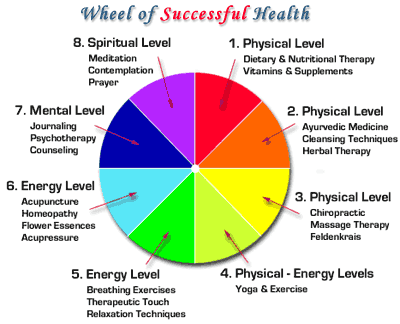
Few would argue that the medical system in the United States is in a healthy place. We spend more money in this country than any other country, but only rank 37th in the world in the quality of our health care according to a report by the World Health Organization. Other studies have consistently put us at the lower end of life expectancy among industrialized nations. It is important to ask why our health care system is not serving the needs of many of our citizens.
We have, as a society, made enormous leaps technologically in the past thirty years. We have developed amazing new techniques to heroically save persons from the brink of death. We have invested large amounts of our healthcare resources to these new technologies. This has, however, occurred at the expense of relatively low cost interventions aimed at preventing diseases. Much of the health care resources of European countries are aimed at preventative medicine, in order to keep people healthy so that they do not need these expensive, technological interventions. Consequently, these countries spend much less than we do and have higher quality of care.
Integrative medicine involves the combination of the best of conventional medicine with other healing traditions to improve overall patient care. As more and more research comes out, we learn that techniques from Chinese medicine, nutrition, massage, naturopathic medicine, psychological counseling, and others do have a place in the medical system. These tools are useful both as an adjunct to conventional treatments when disease is present, but also tend to be much more preventative in nature than Western medicine.
Proponents in integrative medicine often speak of seeing improved results when diverse practitioners work together for the benefit of the patient. One aspect of integrative medicine is giving the patient information about all the options available so that he/she can make an informed decision. Often times, safer interventions with less possibility of side effects can be tried first in many illnesses, reserving more aggressive/expensive intervention as a last resort. For example, with obesity, dietary and lifestyle changes should be the first attempted intervention. This can be combined with counseling, acupuncture, and/or herbal interventions focused on improving metabolism. Surgical options should be the last resort, only when a person’s weight is becoming a serious risk to their health.
Integrative practitioners also tend to focus on preventing illness. True preventative medicine goes beyond just doing screening bloodwork, mammograms, and colonoscopies. While these are all very important, empowering a patient to take charge of their health is one of the main goals of integrative medicine. Teaching patients to eat well, exercise, get quality sleep, focus on their emotional health, be creative, and become active participants in their communities are just as important. Research continues to confirm that all these areas are important aspects of true health.
The trend toward integrative medicine will continue to grow in this country. In urban areas, such as Seattle, numerous integrative clinics have arisen where medical doctors, naturopathic physicians, massage therapists, acupuncturists, counselors, and others all work together. The results achieved are often much better than can be expected by only utilizing one of the interventions. Another benefit stated is that the practitioners in these clinics often talk about enjoying their work and the benefits of working together.
Integrative medicine may not be the only change that is necessary in our ailing medical system, but it does mark another option. By working together, often improved results are observed and health care costs can be lowered, which is a positive step.

Source by Jeremiah Stevens
 Vitamin Agent The Health & Naturalistic Source
Vitamin Agent The Health & Naturalistic Source



